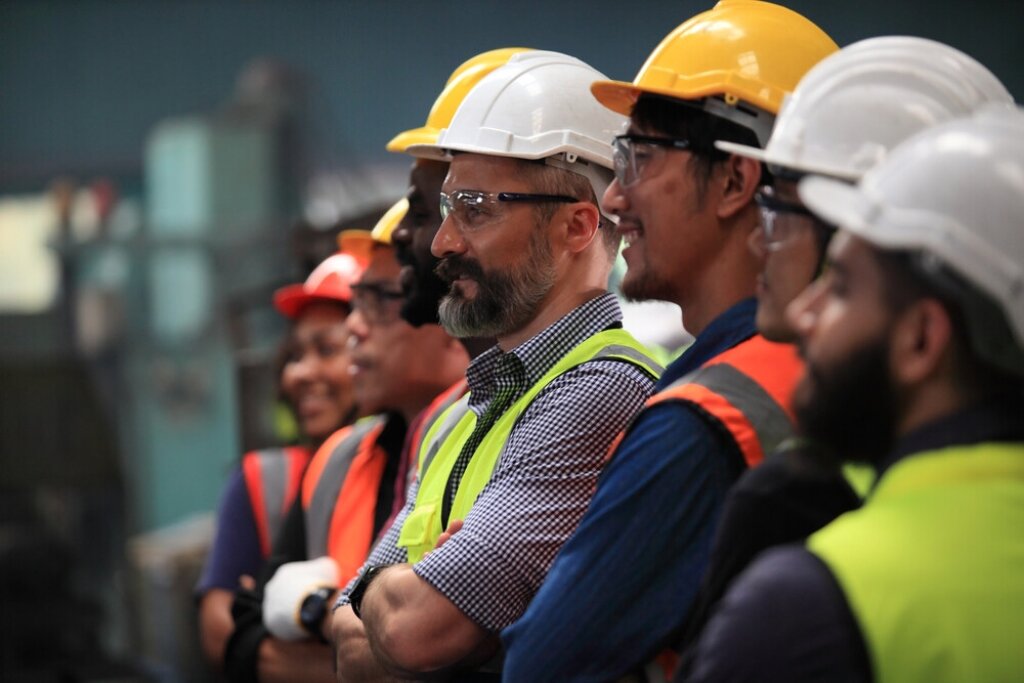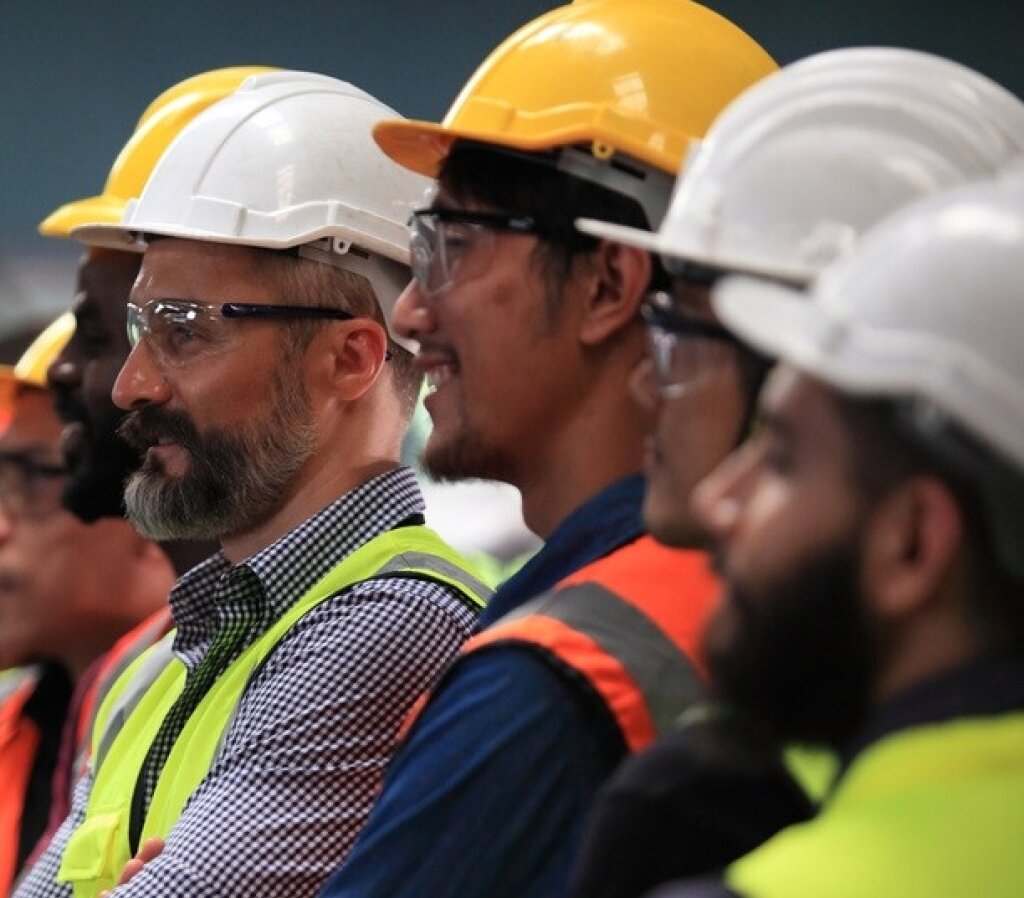The Power of CCTV Footage as a Training Medium: Enhancing Learning Experiences
In the evolving landscape of professional training, organisations are constantly exploring innovative methods to enhance learner engagement and retention. Traditional classroom teaching, with its reliance on theoretical explanations and generic scenarios, often falls short of delivering an immersive and impactful learning experience.
Enter CCTV footage: a potent, real-world resource that has the potential to revolutionise training practices by offering a more immersive, relatable and memorable learning medium.
Archive Video Footage is an Underused Training Resource
Many organisations underuse their CCTV footage archives, and therefore miss opportunities to repurpose this data for training and optimisation.
For example, retail chains could analyse customer movement patterns from videos to train staff on better product placements or improve store layouts.
Similarly, public transport operators could use footage of station bottlenecks to guide crowd management training.
Despite advancements in AI, organisations often lack the frameworks or awareness to derive actionable insights from their video archives.
For instance, many warehouses neglect footage that could train staff on accident prevention. Tapping into these archives can turn stored static video into a tool for operational excellence and employee development.

Immersion Through Real-World Contexts
One of the most significant advantages of using CCTV footage in training is its ability to immerse learners in real-world contexts. Unlike classroom scenarios that often rely on hypothetical examples, CCTV footage provides authentic situations captured in the work environment.
Employees can witness actual interactions, workflows or incidents that are directly relevant to their roles. For instance, retail workers analysing CCTV footage of a shoplifting incident can observe body language, behaviours and operational lapses in a manner no scripted training video could replicate.
This immersion enables learners to visualise themselves in similar situations, which fosters a deeper understanding of their roles and responsibilities. Moreover, seeing how real events unfold creates a sense of immediacy and relevance, which means that the training has more impact and meaning.

Enhanced Learner Experience
CCTV footage also elevates the learner experience by engaging multiple senses. Visual learning has long been recognised as a powerful tool, and combining it with real-world soundscapes and situational dynamics makes the material more engaging.
Watching actual events unfold helps learners connect emotionally, which fosters empathy and a stronger commitment to applying lessons in their day-to-day roles.
For example, a healthcare team reviewing footage of patient interactions can better grasp the nuances of effective communication, teamwork and patient care. Such experiences go beyond static slides or lectures to create a dynamic learning environment that holds attention and promotes active participation.

Improved Retention and Recall
People are more likely to remember lessons that are emotionally engaging and contextually relevant.
Studies have shown that memory is often enhanced when learning is tied to real-world scenarios. CCTV footage embeds training in the context of actual experiences and makes it more likely that employees will recall the lessons when they encounter similar situations.
This approach can be particularly beneficial in safety training. Employees who watch CCTV footage of workplace accidents are more likely to remember safety protocols because they have seen the consequences of lapses in action. The vividness of such scenes imprints critical takeaways in learners’ minds and fosters safer practices that reduce workplace risks.
Extended Training Opportunities Using Body-Cam Footage
Organisations now have the opportunity to leverage body-cam video footage as valuable training and employee development tools.
For example, police departments can use body-cam footage to provide real-world scenarios for de-escalation training or procedural improvement. Retail and hospitality sectors can analyse body-cam recordings to identify best practices in customer service or address gaps in handling challenging interactions.
Body-cam footage enables employees to observe authentic examples of workplace situations, which enhances learning through realistic contexts.
By integrating body-cam insights, organisations can foster continuous improvement, provide evidence-based feedback and promote a culture of accountability and skill refinement in real-world operational environments.
The Educational Benefits of Video-Based Training
Using real-world video footage with familiar venues, situations and personnel offers significantly higher learning retention compared to traditional text-based, classroom training.
A video-based approach benefits from contextual relevance and emotional engagement, which makes the learning experience more relatable and memorable.
Key Benefits
Improved Contextual Understanding
Trainees can directly observe realistic scenes, which makes it easier to connect theory to practice.Enhanced Memory Retention
Familiar settings, and observing people in familiar roles, trigger emotional and cognitive recognition, which strengthens memory encoding.Practical Application
Seeing real-life examples encourages active learning and improves problem-solving skills.Better Engagement
Videos are more dynamic than static learning options, so they sustain attention and increase comprehension.Real-Time Feedback
Trainees can learn from their own actions or those of colleagues in relevant contexts, which leads to measurable, meaningful improvements.
Balancing Privacy and Ethical Considerations
Despite its potential, using CCTV and body-cam footage as training tools requires careful handling to address privacy and ethical concerns. Since CCTV and body-cams often capture identifiable individuals, organisations must ensure compliance with privacy laws such as GDPR and HIPAA and respect for personal rights.
The most straightforward approach is to obtain consent from everyone featured in the footage. However, when this is impractical or impossible, redaction techniques can be employed to anonymise individuals.
Blurring faces, muting voices or using other redaction methods protect privacy without compromising the instructional value of the footage. Organisations should establish clear policies and obtain legal guidance to navigate these ethical considerations effectively.
Conclusion
CCTV footage represents a groundbreaking opportunity to transform professional training.
By offering immersive, engaging and memorable learning experiences, it surpasses the limitations of traditional classroom teaching.
However, its use must be carefully managed to safeguard privacy and uphold ethical standards.
With thoughtful implementation, organisations can leverage the power of CCTV footage to foster better learning outcomes and empower their teams with real-world insights that truly make a difference.
Mobilise Untapped Video Training Resources with Fast Redaction
Facit's redaction tool, Identity Cloak, empowers organisations to unlock the full potential of their archive video footage for training and development purposes.
By anonymising sensitive data and safeguarding privacy, the Identity Cloak makes it safe and practical to repurpose dormant video archives into dynamic training assets.
Simple, fast, cost-effective redaction enables organisations to create realistic, context-specific training materials that drive employee engagement and improve skill retention.
From enhancing situational awareness to refining operational practices, Identity Cloak transforms previously untapped resources into a strategic advantage, which fosters growth, compliance and continuous improvement across any type of industry while ensuring ethical and secure use of video data.
Related Articles
Leverage real-world video training for compliance and safety
The role of video redaction in online learning and teacher training



